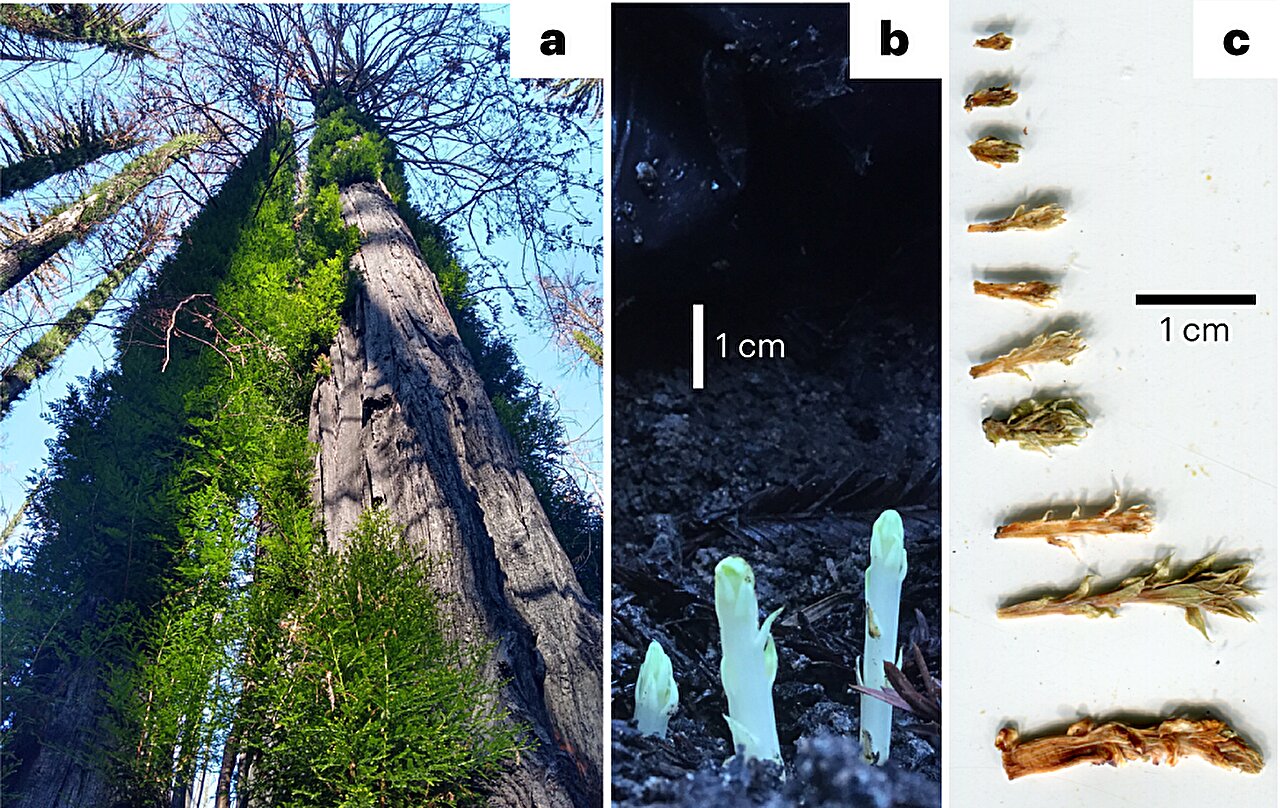New groundbreaking research conducted by Northern Arizona University has shed light on the incredible resilience of coast redwoods in the face of devastating fires. In a landscape increasingly scarred by severe fires, this discovery offers a rare glimmer of hope. The study, recently published in Nature Plants, focused on the recovery of redwoods after the CZU Lightning Complex Fire, a catastrophic event that ravaged thousands of acres of redwoods in California’s Big Basin State Park in 2020.
Contrary to initial appearances, the researchers from NAU’s Center for Ecosystem Science and Society (Ecoss) and the School of Informatics, Computing, and Cyber Systems (SICCS) found that many trees were not dead. These ancient giants store vast amounts of carbon reserves, which fueled the growth of new leaves. Surprisingly, these leaves sprouted from dormant buds that had been buried for centuries, kickstarting the forest’s regeneration process.
George Koch, a professor in Ecoss and co-author of the study, remarked, “It remains to be determined if redwood’s old reserves and ancient cell lines are an exception in the plant kingdom or an exceptional example of an insurance strategy common to long-lived plants.” While many plants store carbon reserves, most models only consider storage periods of up to a year. However, for trees that have lived for over two millennia, this approach falls short. The study delved into how long these reserves could be preserved for future use. By inhibiting photosynthesis and using radiocarbon dating, the researchers estimated that some carbon reserves in the redwoods were likely several decades, or even a century, old. These updated models revealed that the redwoods’ reserves included carbon captured 50 to 100 years ago, making them some of the oldest carbon reserves ever measured.
Drew Peltier, the lead author of the study and an assistant research professor in SICCS, expressed his excitement, stating, “Sugars photosynthesized perhaps 100 years ago were used to grow new leaves in 2021. Although coast redwood is clearly a superlative species, it is likely that other long-lived trees also harbor carbon reserves that are much older than previously recognized.” The study employed atomic-level measurements, specifically counting the amount of carbon-14 relative to carbon-12, to gain insights into the growth strategy of these colossal trees, which are among the largest living organisms on our planet.
While the ability of coast redwoods to resprout is truly remarkable, the study also revealed a sobering reality. Many redwoods and other tree species in Big Basin did not survive the fire. Therefore, despite the exceptional resilience of coast redwoods, it may take centuries for the forest ecosystem at Big Basin to fully recover.
This groundbreaking study was a collaborative effort, with additional contributions from assistant research professor Mariah Carbone, graduate student Melissa Enright, and Jim LeMoine, all from NAU.








